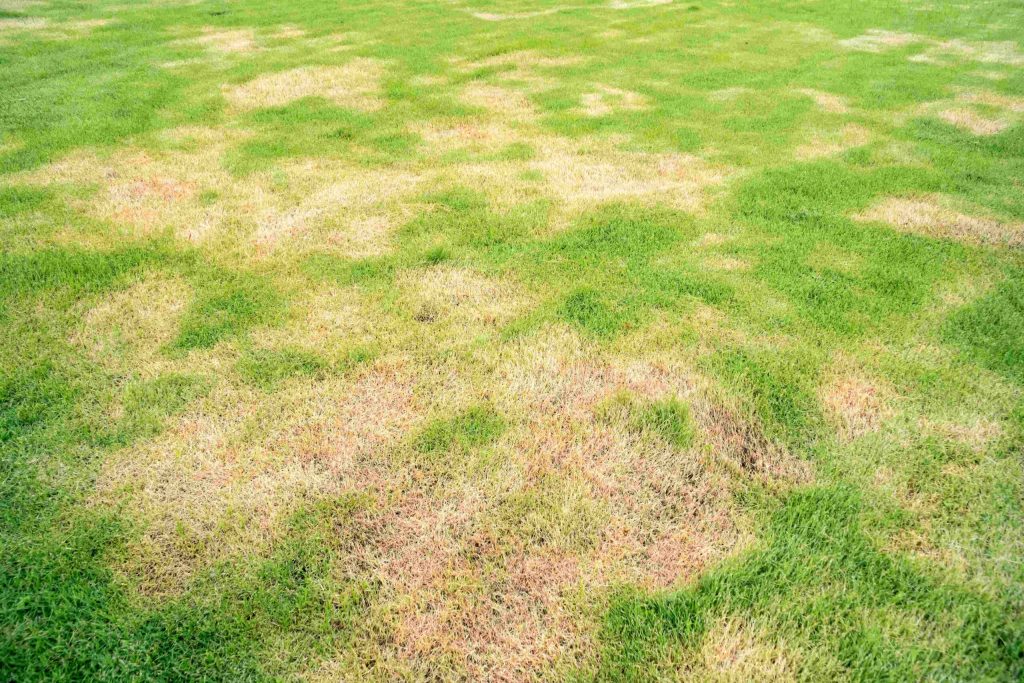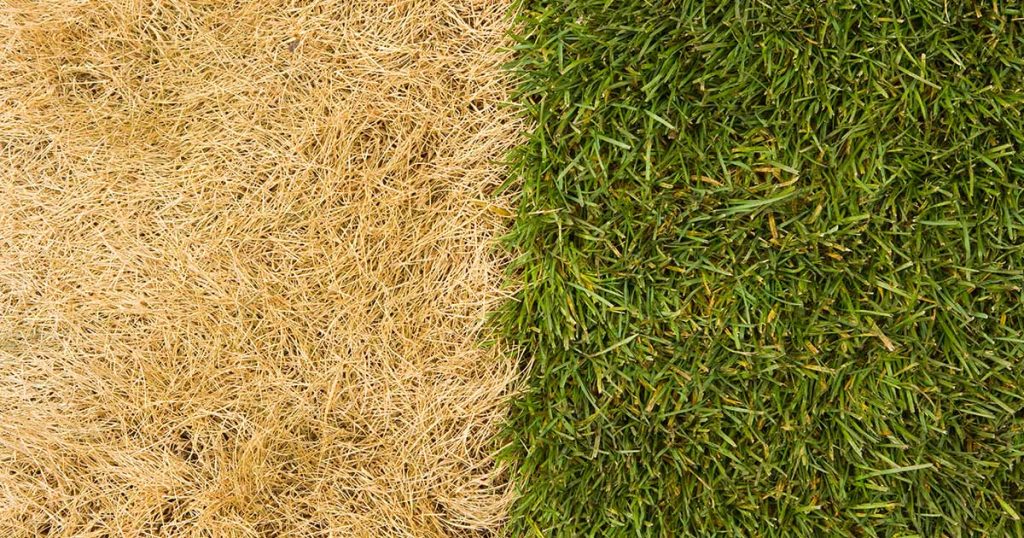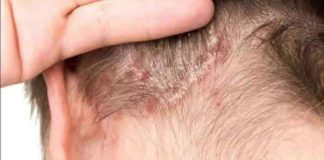Dead grass patches can be frustrating, especially when you’ve spent months maintaining a healthy lawn. Whether caused by pests, disease, drought, or heavy foot traffic, these bare spots can make your yard look unkempt. The good news is that with some patience and proper care, you can bring your lawn back to life.
Identify the Cause
Before fixing dead grass, it’s important to understand why it happened. Check the soil, look for signs of pests like grubs, and examine if the area suffers from poor drainage or excessive shade. Sometimes, dead patches result from dog urine, compacted soil, or fungal diseases. Identifying the root cause helps prevent the problem from recurring after you repair the lawn.

Remove the Dead Grass
Start by removing the dead grass from the patch. Use a rake or a garden hoe to pull out dead blades and roots, creating a clean surface. For larger patches, consider using a small sod cutter. Removing dead material allows new seeds or sod to make proper contact with the soil, ensuring healthy regrowth.
Loosen and Prepare the Soil
Once the area is cleared, loosen the soil with a rake or garden fork. Break up compacted soil to improve aeration and water penetration. If the soil is poor or lacking nutrients, mix in a layer of compost or topsoil to give the new grass the best chance of thriving. Level the area to match the surrounding lawn for a uniform appearance.
Choose the Right Grass
Select a grass type that matches the rest of your lawn. Consider your climate, sun exposure, and how much wear and tear the lawn experiences. Using the same variety ensures that the patch blends seamlessly with the existing grass. You can choose between grass seed, sod, or plugs depending on the size of the patch and how quickly you want results.
Seed or Lay Sod
For small patches, grass seed is ideal. Spread the seed evenly over the prepared soil and lightly press it down with a rake. For larger areas or instant results, sod or plugs are better options. Water thoroughly after planting, keeping the soil consistently moist until the grass establishes roots. Avoid overwatering, which can cause the seeds to rot or promote disease.
Care for the New Grass
Newly planted patches need extra attention. Water daily for the first two weeks, gradually reducing frequency as roots grow. Avoid heavy foot traffic until the grass reaches a healthy height. Fertilize lightly after a few weeks to encourage strong growth. Regular mowing, but not too short, will also help the new grass integrate with the surrounding lawn.
Prevent Future Dead Patches
To reduce the chance of future dead patches, address the underlying issues that caused them. Aerate your lawn regularly, monitor for pests and disease, and maintain proper watering routines. Rotating high-traffic areas or adding protective mulch can also protect vulnerable spots.

Enjoy a Lush Lawn
With patience and consistent care, dead patches can disappear and your lawn will regain its full, green appearance. Understanding the cause, preparing the soil properly, and choosing the right grass are key steps to success. Soon, you’ll enjoy a smooth, uniform lawn that’s ready for outdoor activities and summer gatherings.

















